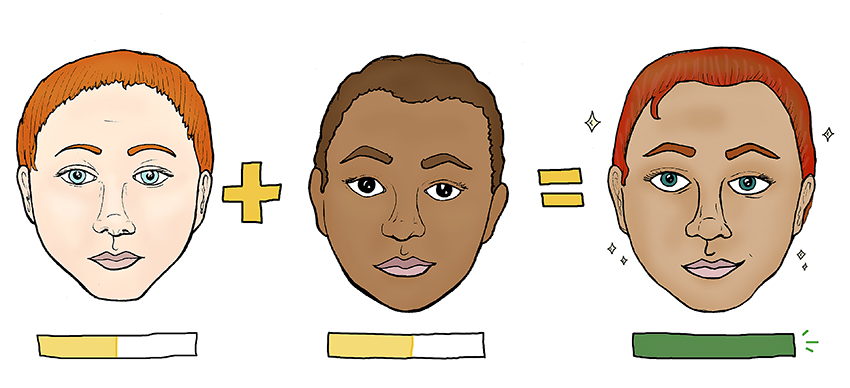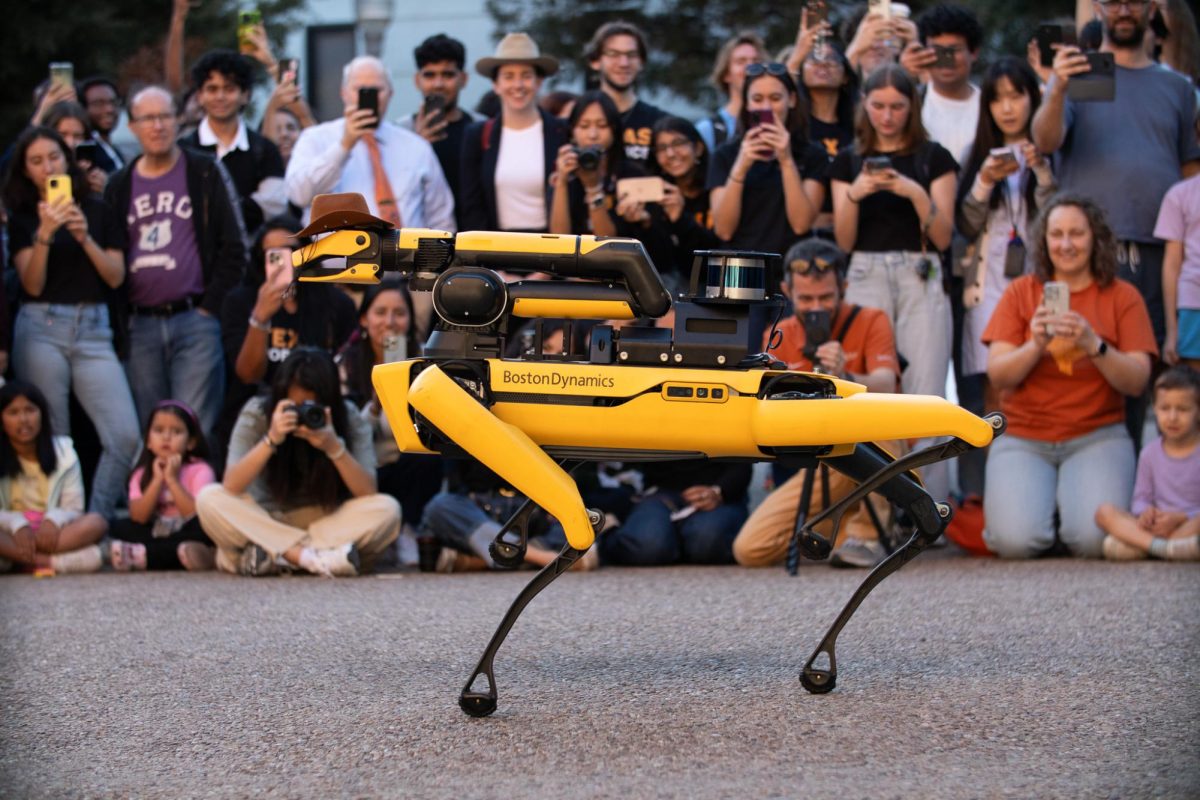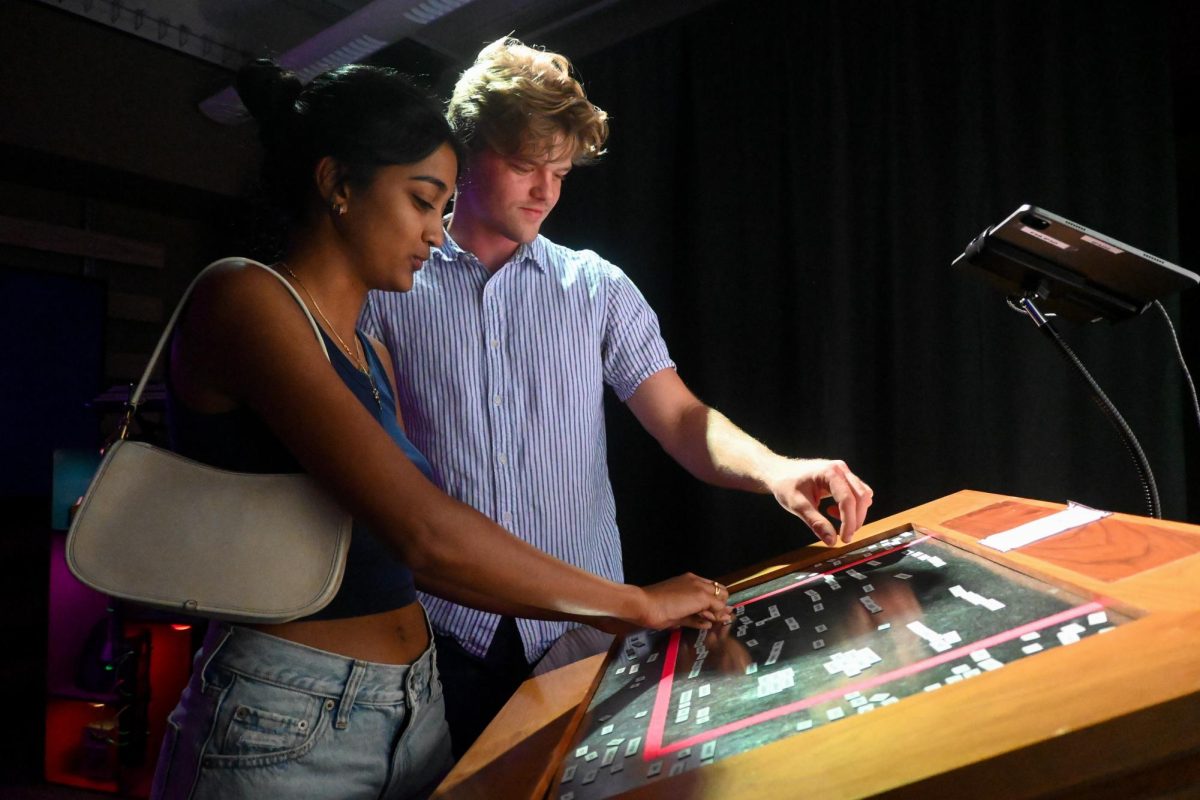Students who want to be perceived as smarter, kinder and healthier don’t need to work harder — they just need to be average.
The Langlois Lab in the Department of Psychology at UT-Austin conducts research challenging common definitions of beauty and seeks to understand the greater implications of the averageness theory of facial attractiveness. This theory suggests that the more a face resembles mathematically average facial configurations, the more attractive it seems. As a face starts to deviate from the average, people consider it less attractive.
Scientists create these average faces with image morphing technology called Morph Age, which aligns and blurs images of faces. Once a two-face morph is created, it can be combined to a four-face morph, eight-face morph, 16-face morph, and even a 32-face morph. At the 32-face morph the faces start to look the same.
One study demonstrated that college students rate the male and female morphs as more attractive than the individual faces that composed the morphs.
In a more recent study, Judith Langlois compared the neurophysiological response to attractive, unattractive and averaged faces. Scientists did this by measuring brain activity as a direct response to the faces via electroencephalography, a method used to record electrical activity of the brain through electrodes placed on the scalp.
The results suggest it is easier to process high attractive and mathematically averaged faces. This is because less neurocognitive responses are evoked, according to the study published in the journal Cognitive, Affective and Behavioral Neuroscience. Participants were also asked to discriminate between human and chimp faces. High attractive and average faces were categorized as human more quickly than the unattractive faces.
The applications of this research have major social consequences. For example, attractive individuals make more money, have more job mobility, are considered more healthy, smart, nice and athletic, according to the American Psychological Association.
Stevie Schein, psychology graduate student in the Langlois Lab, elaborated on the significance of attractiveness bias.
“It’s an interesting intellectual question. … It’s an issue of figuring out what’s happening in the human brain because we know it has such importance,” Schein said. “Adults are shockingly consistent in how they perceive attractiveness.”
Schein further said that people prefer faces that are more prototypical, or faces participants are more experienced with. This concept also applies to other objects as well, even patterns and animals. Evidence suggests the potential for this prototype to shift as a result of varied exposure, according to the journal Social Cognition. As experience with different faces increase, attractiveness preference shifts to the new average of the diverse faces.
This knowledge is a gateway to better accept different faces and address attractiveness bias.
“A big step would be to acknowledge bias, that we all have it and are acting on it,” Schein said. “If people are conscious of the bias and are motivated to change it, they are pretty good at not acting on it.”





















